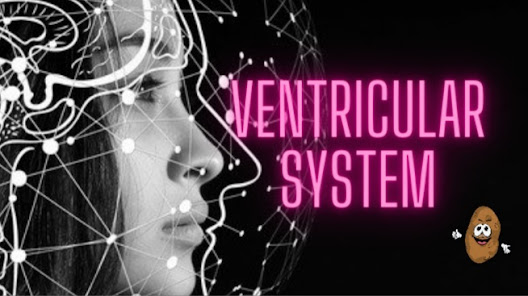Cardiopulmonary Physical Therapy
Introduction to Cardiopulmonary Physiotherapy Cardiopulmonary physiotherapy is a specialized field that focuses on improving the health and function of the heart and lungs. Physiotherapists in this area work with patients to prevent, rehabilitate, and manage a wide range of cardiovascular and respiratory conditions . Cardiopulmonary physiotherapists possess extensive knowledge of human anatomy, physiology, and biomechanics, enabling them to provide tailored treatment plans for their patients . They work closely with individuals to develop personalized strategies for rehabilitation, symptom management, and overall well-being. Where Cardiopulmonary Physiotherapy is Used Cardiopulmonary physiotherapy is utilized in various settings, including hospitals, private clinics, sports clubs, and community centers . It is beneficial for individuals recovering from cardiac events, such as heart attacks or surgeries, as well as those managing chronic respiratory conditions like asthma, COPD, and c
